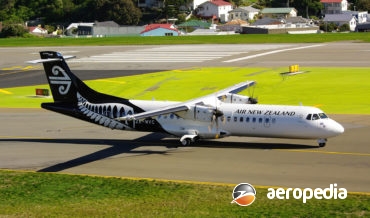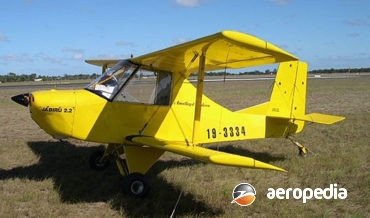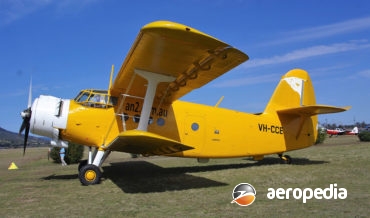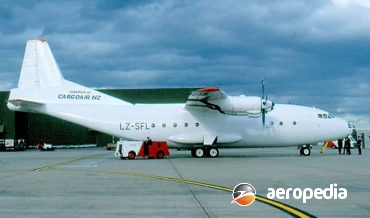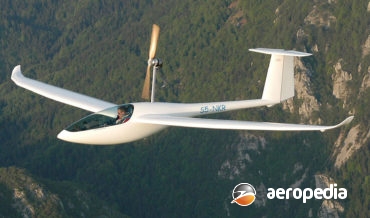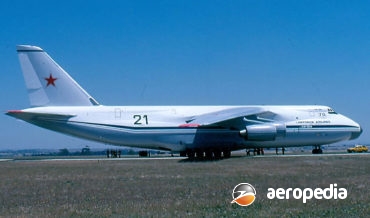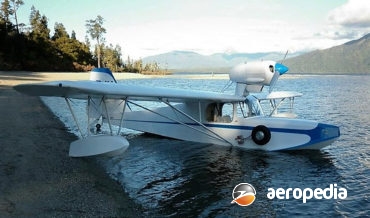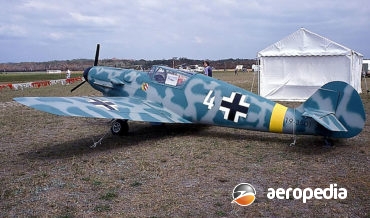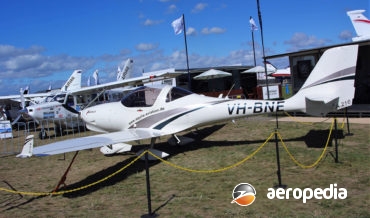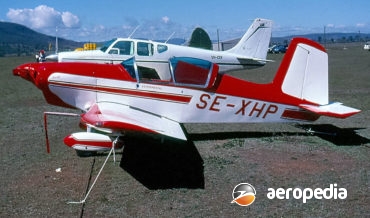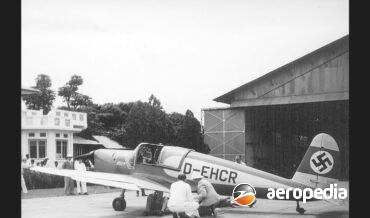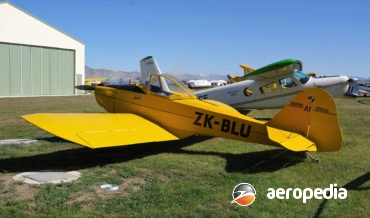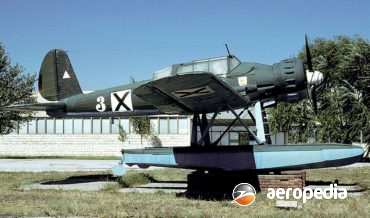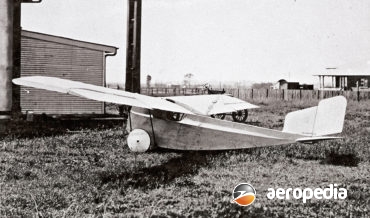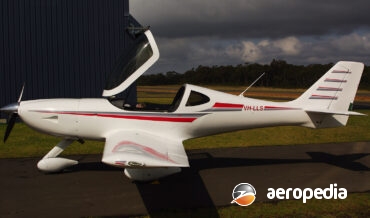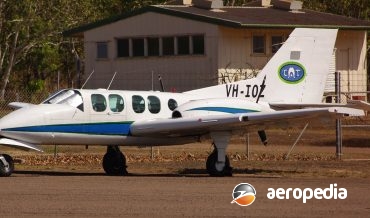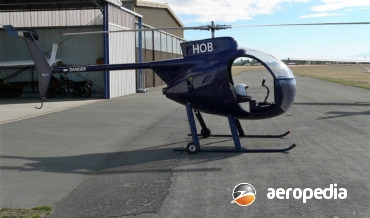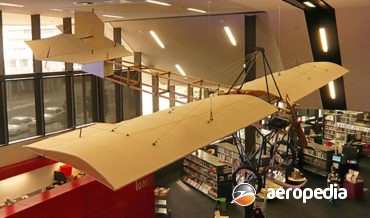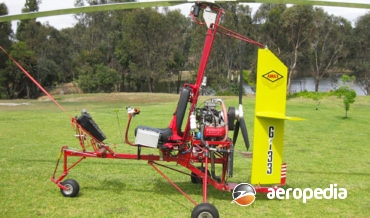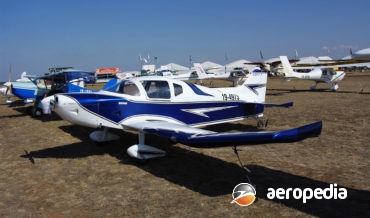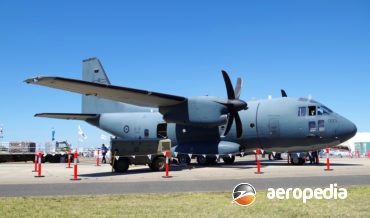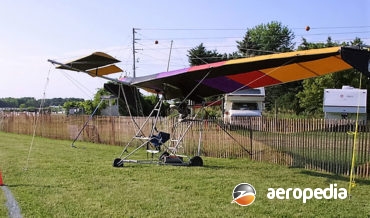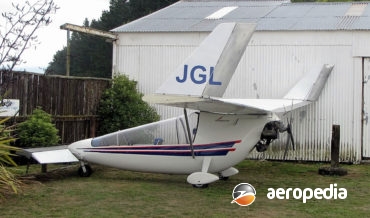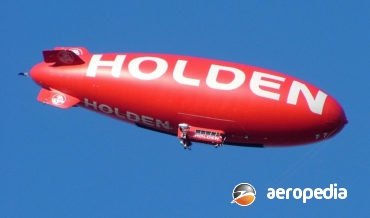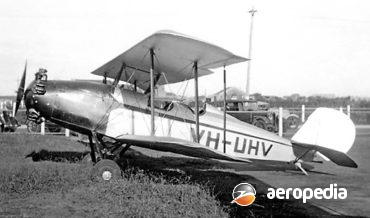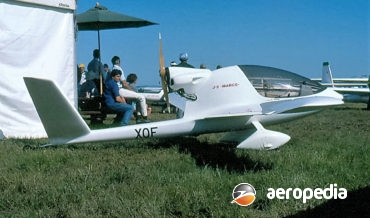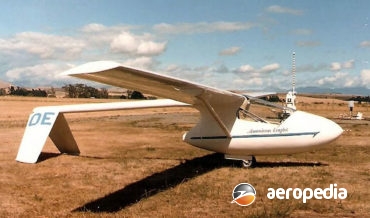All Contents
Contents
The ATR-42 was one of a new generation of commuter airlines designed to meet commuter airline requirements and incorporated the latest technology in the field in the design of the aircraft and the engine.
David C. Eyre
- May 8, 2019
The Atlanta was built for Imperial Airways to be used on sections of the trunk routes to South Africa and Australia. A total of eight aircraft was built for the Nairobi to Capetown, and Karachi to Singapore sections of the trunk routes.
David C. Eyre
- May 8, 2019
Following the success of the ATR-42, development proceeded to the ATR-72, which was launched in January 1986.
David C. Eyre
- May 8, 2019
Maxwell Angwin of Essendon, VIC was a dental mechanic who designed and commenced construction of a parasol wing single-seat light aircraft looking similar to a fighter aircraft designed and built in Poland by PZL.
David C. Eyre
- May 8, 2019
Designed by Eric Whitney to CAO 95.10 in the mid 1990s, the Falcon is a single-seat light sporting aircraft powered by a Rotax 503 engine, but larger engines in the Rotax and Jabiru range may be installed.
David C. Eyre
- May 8, 2019
Designed originally for agricultural duties under the designation SKH-1, the AN-2 “Colt” was built in large numbers, 5,450 being built in the Soviet Union alone between 1948 and 1960, and 11,625 built under licence in Poland by the PZL Mielec concern before production ceased in the early 1990’s. The first
David C. Eyre
- May 8, 2019
In 1929 the Pratt brothers at Geelong near Melbourne commenced work on a light aircraft known as the Amsco monoplane at the Workshops of AMSCO at Belmont Common in Victoria initially along the lines of a Heath parasol.
David C. Eyre
- May 8, 2019
In 1955 the famous Soviet Design Bureau, Antonov, commenced designed of a four-engine turboprop passenger transport, which became known as the An-10 Ukraina, and which flew for the first time in March 1957.
David C. Eyre
- May 8, 2019
The Apis Is A Light Amateur Built Powered Glider Built In Slovenia.
David C. Eyre
- May 8, 2019
Development of the AN-124 Ruslan (NATO code-name Condor) began in 1977 in Kiev, in the Ukraine, the Antonov design Bureau team being headed by Petr V Balabuev. The prototype, powered by four Lotarev high-by-pass turbofans flew for the first time on 26 December 1982.
David C. Eyre
- May 8, 2019
The EA-1 Kingfisher was designed by Earl Anderson, a Boeing 747 airline captain, in the USA. The fuselage was constructed of wood, covered with plywood and coated with fibreglass.
David C. Eyre
- May 8, 2019
The Adventurer series of light amphibians was originally designed by Highcraft Aero-Marine as the single-seat XL280, which was developed into the XA280 with sponsons on its outer wing panels and a fibreglass reinforced hull.
David C. Eyre
- May 8, 2019
William ‘Willy’ Andiel was involved in the design and development of a number of ultra light aircraft, numbering some 18 designs, and examples built by him and others known to have been completed are mentioned here and elsewhere in this tome.
David C. Eyre
- May 8, 2019
The Aquila A-210 is a two-seat light sporting and training aircraft produced by Excellence AG at Schonhagen and is fitted with a 75-kw (100-hp) Rotax 912S3 engine driving a MT two-blade hydraulic constant speed propeller, and is described as a roomy and comfortable aircraft with good ergonomics.
David C. Eyre
- May 8, 2019
In November 1942 Bjorn Andreasson (1917 – 1993) formed AB Flygindustri at Halmstad in Sweden and over the years designed a number of aircraft, the first being known as the Fi-1.
David C. Eyre
- May 8, 2019
In 1937 Dipl Ing Walter Blume designed the Ar-79 high-performance two-seat cabin touring monoplane, the prototype of which, the Ar 79A (D-EKCK) set a new 1,000 km (621 miles) record in its class by averaging 229.04 km/h (142.32 mph).
David C. Eyre
- May 8, 2019
The Andrews A-1 is considered to be the pioneer of post-war amateur-constructed aircraft in New Zealand, being built to Certificate of Airworthiness standard during the 1950s by C G Andrews of Wellington, who was then an aeronautical engineer employed by the New Zealand Civil Aviation Department.
David C. Eyre
- May 8, 2019
The Ar 196 was designed as a two-seat low-wing reconnaissance floatplane in 1937 for operation from German Navy (Kriegsmarine) warships and was built at the Arado Flugzeugwerke at Warnemunde.
David C. Eyre
- May 8, 2019
The ANEC series of monoplanes, of which three were built in the United Kingdom, was designed by W S Shackleton and built by Air Navigation & Engineering Co Ltd (ANEC) at Addlestone in Surrey and was probably the earliest light aircraft designed and built in Great Britain.
David C. Eyre
- May 8, 2019
The Lightning is an ultra-light sporting monoplane produced in kit form by Arion Aircraft of North Shelbyville, Tennessee, the prototype (N233AL) flying for the first time on 3 March 2006, the first customer-built aircraft (N430GH) being flown on 19 April that year.
David C. Eyre
- May 8, 2019
In 1921 the Larkin Aircraft Supply Co Ltd placed an order with Handasyde Aircraft Co Ltd, and design of the aircraft was carried out, and the aircraft completed, by Air Navigation and Engineering Co Ltd of Adddletone, Surrey, the order being for the construction of a four passenger and mail
David C. Eyre
- May 8, 2019
The Angel is a twin-engine light transport produced in Orange City, Iowa by Angel Aircraft Corporation fitted with two Lycoming IO-540 engine driving Hartzell propellers in a pusher configuration.
David C. Eyre
- May 8, 2019
American Sportscopter Inc of Newport News, Virginia, developed a series of light helicopters for homebuilt construction, being supplied in kit form.
David C. Eyre
- May 8, 2019
The T-500 is a light single-seat sporting helicopter developed from the Revolution Mini 500 helicopter designed, built and marketed by Revolution Helicopters of Excelsior Springs, Missouri, it being fitted with a Rotax 582 engine and was first available to the market in 1994.
David C. Eyre
- May 8, 2019
The Albury monoplane was a light aircraft designed and built in Albury, NSW by Messrs Azor D Robbins and Alex W Porter, two young men aged 21.
David C. Eyre
- May 8, 2019
The Amax Eagle was produced by Amax Engineering of Donvale Victoria and was made available to amateur builders in kit form in the 1990s. It was produced in two basic models, a single-seater known as the Eagle and a two-seater known as the Double Eagle.
David C. Eyre
- May 8, 2019
The Alca 2 is a timber and foam composite construction two-seat light aircraft designed and developed by its owner - builder Albert Cassar in Australia and is similar externally to the Jodel D-11 and Falconar F12 series.
David C. Eyre
- May 8, 2019
Looking similar to the Zenair CH-640, the AMD Alarus is a two-seat light general-aviation touring and training monoplane produced in the United States by the Aircraft Manufacturing & design Company at Eastman in Georgia, the aircraft, like the CH-640, being designed also by Christopher Heintz of Zenair.
David C. Eyre
- May 8, 2019
In 1962 NATO issued a specification for a V/STOL transport but no contract was awarded. However, the Italian Air Force ordered two prototypes plus a ground-test airframe in 1968 from the Italian manufacturer, Fiat Aviazione, the prototype flying for the first time on 18 July 1970, and a contract was
David C. Eyre
- May 8, 2019
The Eagle has been produced in the United States since 1975 in single-seat Eagle form and two-seat form as the Double Eagle.
David C. Eyre
- May 8, 2019
The Eaglerock series of light aircraft was manufactured by the Alexander Aircraft Co, a division of Alexander Industries of Denver, Colorado.
David C. Eyre
- May 8, 2019
The Falcon was designed in the United States and produced by American Aircraft Inc of Albuquerque, New Mexico and produced in single and two-seat variants.
David C. Eyre
- May 8, 2019
The Silent 2 is one of a series of single-seat sailplanes produced in Italy to meet FAI type DU-Class regulations. It is produced by Alisport as a ready-to-fly or kit-built glider and is available as a self-launched glider, being fitted with a two-stroke engine driving a single-blade propeller via a
David C. Eyre
- May 8, 2019
The American Blimp Corporation was founded in 1987, and in the following year commenced construction and development of the prototype Lightship A-50. In 1989 Virgin Lightships Inc a subsidiary of the Virgin Group of Companies, was formed as an airship operator and placed an order for four examples in 1990.
David C. Eyre
- May 8, 2019
The Allison Aircraft Company of 4th and Perry Streets, Lawrance in Kansas was formed in 1920 and its main business was supplying aircraft parts and specialising in rebuilding Hi-lift wings for Curtiss JN-4 Jenny’s. It also built a number of light aircraft.
David C. Eyre
- May 8, 2019
Built by the American Eagle Aircraft Corp, the prototype of the Eagle series of biplanes known as the A-1, was test flown on 9 April 1926.
David C. Eyre
- May 8, 2019
The Alpha Marco J-5, sometimes described as a self-launched glider, was flown for the first time in Poland on 30 October 1983, being designed by Jaroslaw Janowski, and built by a branch of the Marko-Electronic Company in Lodz, Poland, a factory being set up to build the kits.
David C. Eyre
- May 8, 2019
The Eaglet self-launched glider or sailplane was produced by AmEagle Corp at Muskegon, in Michigan, this company being formed by Larry Haig.
David C. Eyre
- May 8, 2019
The Pioneer series of light sporting aircraft is produced in kit form in Italy by Alpi Aviation at its plant at La Comina airfield near Pordenone.
David C. Eyre
- May 8, 2019
The American Legend AL3 Classic Cub is basically a replica of the Piper Aircraft J-3 Cub produced in the United States using modern design and construction techniques, and fitted with a modern Continental four-cylinder engine.
David C. Eyre
- May 8, 2019
Recent Comments
Archives
Categories
- No categories
Categories
- No categories
Latest Posts
Newsletter



